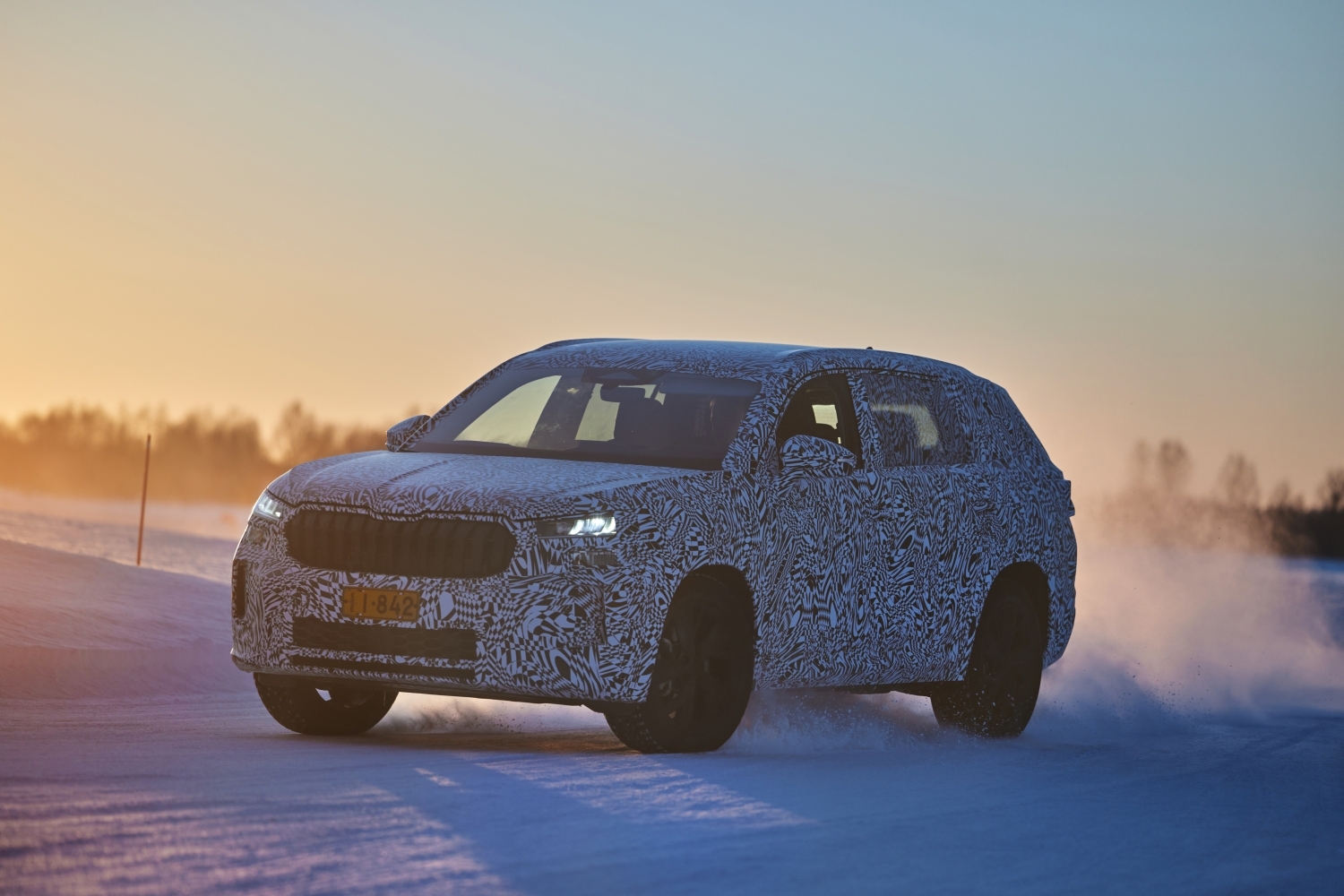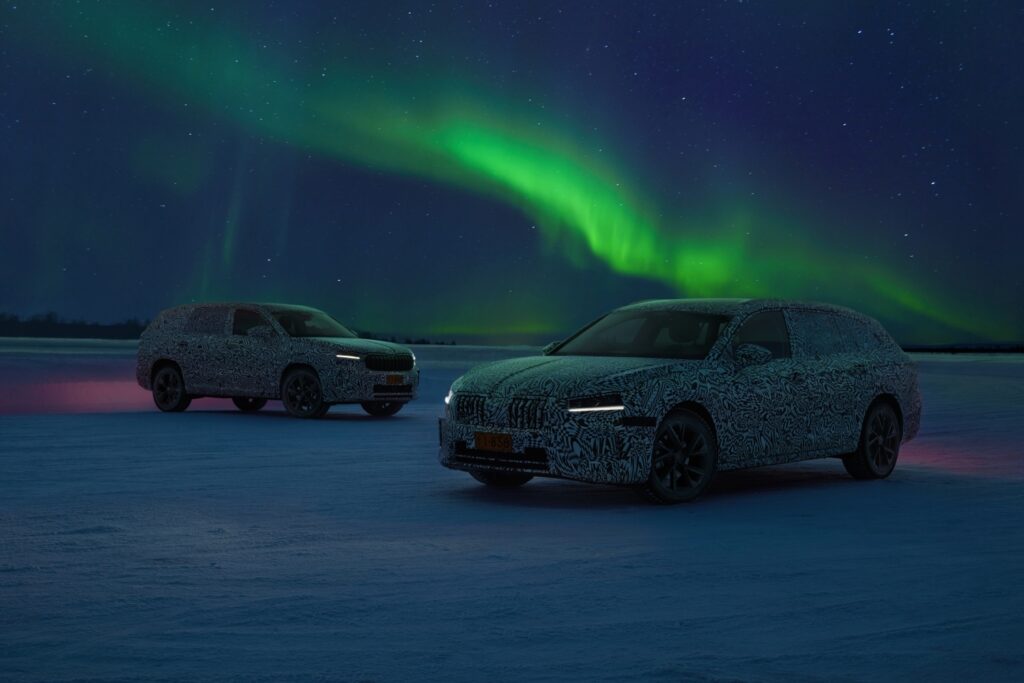Real-world testing of Škoda’s new Superb and Kodiaq models has brought increased confidence of the vehicle’s cold weather performance capability. Functionality, quality and durability have been analyzed at the Arctic Circle in extremely low temperatures down to -30°C. According to the company, the cars successfully passed this round of testing, which sought to scrutinize driving stability, passenger comfort in icy conditions and overall reliability during long winter journeys. In addition, the vehicles had to withstand the extra weight of ice and snow. Every element of the passenger cars – chassis, body, engine, heating, and the entire electrical system – was scrutinized.
Johannes Neft, Škoda auto board member for technical development, said, “Real-world testing in the toughest possible environmental conditions remains a crucial part of new-vehicle development, despite the advances in computer simulation. Our extensive test programs in desert climates with extremely high temperatures on the one hand and on the other hand in the Arctic Circle ensure that Škoda customers can rely 100% on their vehicles in any weather conditions. At the same time, these tests give us the opportunity to identify optimization needs as early as possible and to design the vehicles in the best possible way to meet the requirements of everyday operation.”
During winter testing, to assess the vehicles’ general winter performance, Škoda Auto examines the impact of snow on the bodywork as well as the effects of snow entering the engine compartment and air intakes. All mechanical functions of the vehicle body as well as the electrics must perform flawlessly even at temperatures of -25°C, and the engine should start without problems at temperatures close to -30°C. All doors, the hood, and the tailgate, as well as the fuel filler cap and the cover of the charging socket on PHEV vehicles, must be capable of opening even under such adverse conditions.
Numerous aspects of vehicle behavior are assessed during real-world driving – for example, how well the vehicle copes with slush on the road, or how the front and rear bumpers perform when the vehicle hits a snow barrier. Driving over blocks of ice tests the robustness of the suspension and underbody. Test drivers check how the vehicles behave on icy and snowy roads and how well the assistance systems work. The testers evaluate the cars’ driving dynamics, the performance of the all-wheel drive, if applicable, and the functional characteristics and ride comfort of the suspension. They check whether the transmission shifts faultlessly and whether the windshield wipers and washers work. The vehicle lighting at night and the acoustic behavior of frozen vehicle parts are also tested. High-voltage batteries of PHEV vehicles are charged in a frozen state, followed by a determination of the maximum range. To precisely assess the vehicles’ durability in winter conditions, the test drivers cover tens of thousands of kilometers.
The test program also looks at many interior functions, for example the performance of the heating system at extremely cold outside temperatures and the level of thermal comfort in the interior. The testers also check whether the windows mist up and how quickly they can be defrosted. Furthermore, they evaluate whether the heating systems for the seats, the steering wheel, exterior mirrors, windshield, and rear window perform as expected. Where applicable they test the optional auxiliary heating. In addition, the drivers check how well the central touchscreen responds when the vehicle’s interior temperature has dropped below zero.
The most important findings are immediately incorporated into the development of the vehicles.
The final phase of testing for the Superb and Kodiaq is now in motion in preparation for launch later in 2023.



